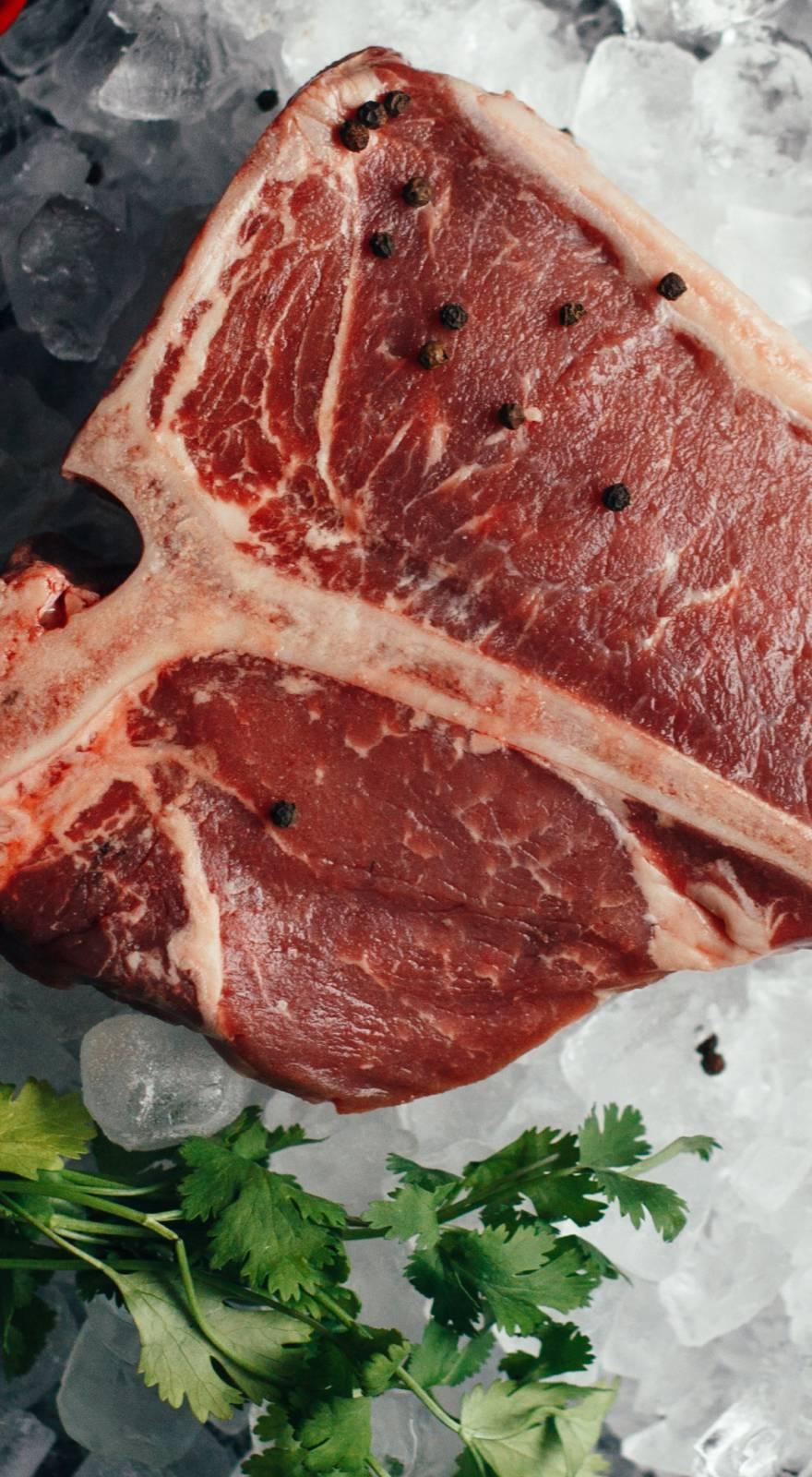Knowde Enhanced TDS
Identification & Functionality
- Ingredient Name
- Ingredient Origin
- Pigment Type
- Food Ingredients Functions
- Ingredients
- Red Cabbage Extract, Red Radish Extract
- Food Additive Number
- E 163, INS 163
- Technologies
Features & Benefits
- Labeling Claims
- Product Highlights
Have you ever smelled rotten eggs? Rotten eggs are rich in sulfur and smell the same. This is the odor of red cabbage concentrate and red radish concentrate. Both have an earthy, sulfur, vegetable aroma. And both concentrates are rich in anthocyanins. Red cabbage and red radish concentrates have arguably more anthocyanin content than purple carrot and purple sweet potato concentrates. Again, because each plant creates a unique mixture of anthocyanin molecules, each resultant concentrate is slightly different in hue (or shade of red at a fixed pH). This can be helpful when trying to differentiate different shades of red among, for example, a beverage line. Rather than altering the pH of a beverage (problematic in large processing plants), a substitution of anthocyanin-rich vegetable juice will do the trick. For example, red cabbage juice will develop one shade of red while purple carrot juice develops a different shade of red at the same pH.
Applications & Uses
- Markets
- Applications
- Food & Nutrition Applications
Properties
- Color
Technical Details & Test Data
- Preparation
The extraction of red cabbage juice and red radish juice is identical to the extraction of purple carrot and purple sweet potato. The noteworthy exception is red cabbage, inasmuch as it is mechanically expressed (squeezed) rather than diced. Other than this mechanical difference, the extraction is identical: extraction in water containing up to 3000 ppm sulfur dioxide. See the detailed description under purple carrot and purple sweet potato.

